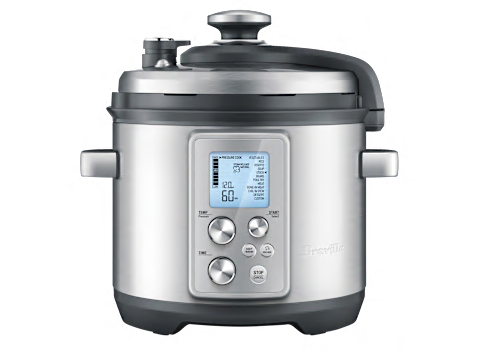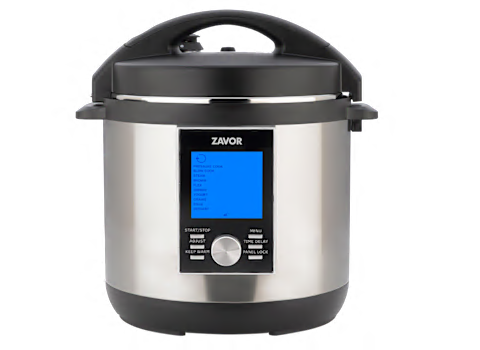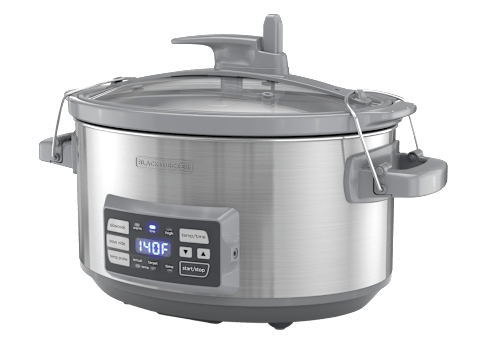Lentils, kidney beans, black beans, and more offer unique health benefits

By Sally Wadyka
If you’re not already eating beans and lentils several times a week, consider adding them to meals regularly. “Beans are your pantry’s MVP,” says Whitney Linsenmeyer, PhD, an assistant professor of nutrition and dietetics at Saint Louis University in Missouri. They’re the only food that counts as both a protein and a vegetable, and they’re a budget-friendly protein source to boot. Plus, they’re rich in vitamins and minerals, such as calcium, iron, potassium, and magnesium, and they’re easier to use than you may think.
A Hill of Benefits
You get about 8 grams of protein and 7 grams of fiber in just a half-cup of cooked or canned beans. Beans are also high in resistant starch, a carbohydrate similar to fiber. It isn’t digested and converted into glucose (blood sugar) the way many other carbs are. Rather, it’s broken down into short chain fatty acids by the healthy bacteria in your large intestine. “The lining of the colon absorbs these acids, and they can help reduce the risk of colon cancer,” says Guy Crosby, PhD, an adjunct associate professor of nutrition at the Harvard T.H. Chan School of Public Health in Boston.
Beans also have antioxidant compounds that protect against the kind of cell damage that raises the risk of heart disease and certain cancers. “Flavonoids are the type of antioxidant most plentiful in beans,” Crosby says. “They’re most concentrated in the coating of the bean, where they provide the pigment.” That’s why darker-colored beans are highest in antioxidants.
Numerous studies have shown a link between higher bean consumption and better heart health, a lower risk of type 2 diabetes and colon and other cancers, and a lower weight. For example, a 2021 review published in the journal Nutrients found that eating an average of ¾ cup of beans per day lowered LDL (“bad”) cholesterol by 19 percent and overall rates of cardiovascular disease by 11 percent. And a 2022 study published in The American Journal of Medicine suggested that a higher fiber intake (beans help boost fiber) may lead to better cognitive function in older adults.
Which Beans Should You Buy?
All beans are good choices, but it’s best to eat a variety to take advantage of all their benefits. Black beans and red kidney beans have more antioxidants, navy beans supply calcium, lentils are rich in iron, and adzukis give you a potassium boost.
Dried and canned beans are equally good for you. Dried beans are economical and will last a long time—they’ll stay good for up to two years unopened or one year after opening. Beans cooked from scratch tend to be creamier and keep their outer skin intact but take some time. (Lentils cook the fastest, taking about 15 or 20 minutes.) “Soaking them overnight helps speed the cooking process and breaks down some of the sugars that can make beans difficult to digest,” says Celine Beitchman, director of nutrition at the Institute of Culinary Education in New York City. Other ways to handle the gas problem is to start slowly—say, with ¼ cup—and gradually increase as your body gets used to them. Or try different beans; just because one type gives you gas doesn’t mean they all will.
The advantage of canned is that they need no prep, and you can keep a can for up to five years, as long as it shows no dents, rust, or swelling.
While experts often recommend rinsing canned beans to reduce sodium, Crosby warns that you’re also tossing valuable nutrients when you do. “Save that liquid and use it in soups or sauces,” he says. “It’s rich in resistant starch and flavonoids.”
What to Do With Beans?
You may associate beans with rice and beans, soups, and chilies, but they can play a supporting or a lead role in many other dishes, too.
One easy way to get their benefits is to sneak them into other dishes: “Purée some white beans into mashed potatoes, use roasted chickpeas to replace croutons, or blend beans into a smoothie,” Linsenmeyer says. Or whip them into a dip: Purée any type of bean with a little garlic, olive oil, salt, and pepper.
Here are some other ideas for making beans work for you.
• Combine black beans with frozen corn, cooked in the microwave and brought to room temperature, and a bit of jarred tomato salsa for an easy black bean and corn salsa. Eat on its own, stuff into an avocado half as a meal, or use to top grilled chicken or fish.
• Lentils or chickpeas tossed with a quick vinaigrette—olive oil, vinegar, and mustard—and chopped vegetables, such as tomatoes, carrots, bell pepper, and cucumber, is a balanced meal—especially when served over a whole grain like farro or purple rice.
• White beans heated in olive oil with garlic and rosemary can be a surprisingly fresh-tasting addition to pasta. Or mash them lightly with a fork and use to top whole-grain toast.
Editor’s Note: This article also appeared in the April 2023 issue of Consumer Reports On Health.
Kitchen Tools That Make Cooking Beans From Scratch Easier
Dried beans are inexpensive and easy to prepare, but they do take some time. A multi-cooker or slow cooker can help. If you’re in the market for one, consider one of these top models from CR’s ratings, listed in alphabetical order. (CR members can also dig into our complete multi-cooker or a slow cooker ratings.)
Breville Fast Slow Pro 6 qt. BPR700BSS

Zavor LUX LCD : ZSELL02

Black+Decker Digital with Temperature Probe + Precision Sous-Vide SCD7007SSD

Hamilton Beach Temp Tracker 33866 6 Qt.
Consumer Reports is an independent, nonprofit organization that works side by side with consumers to create a fairer, safer, and healthier world. CR does not endorse products or services, and does not accept advertising. Copyright © 2023, Consumer Reports, Inc.
